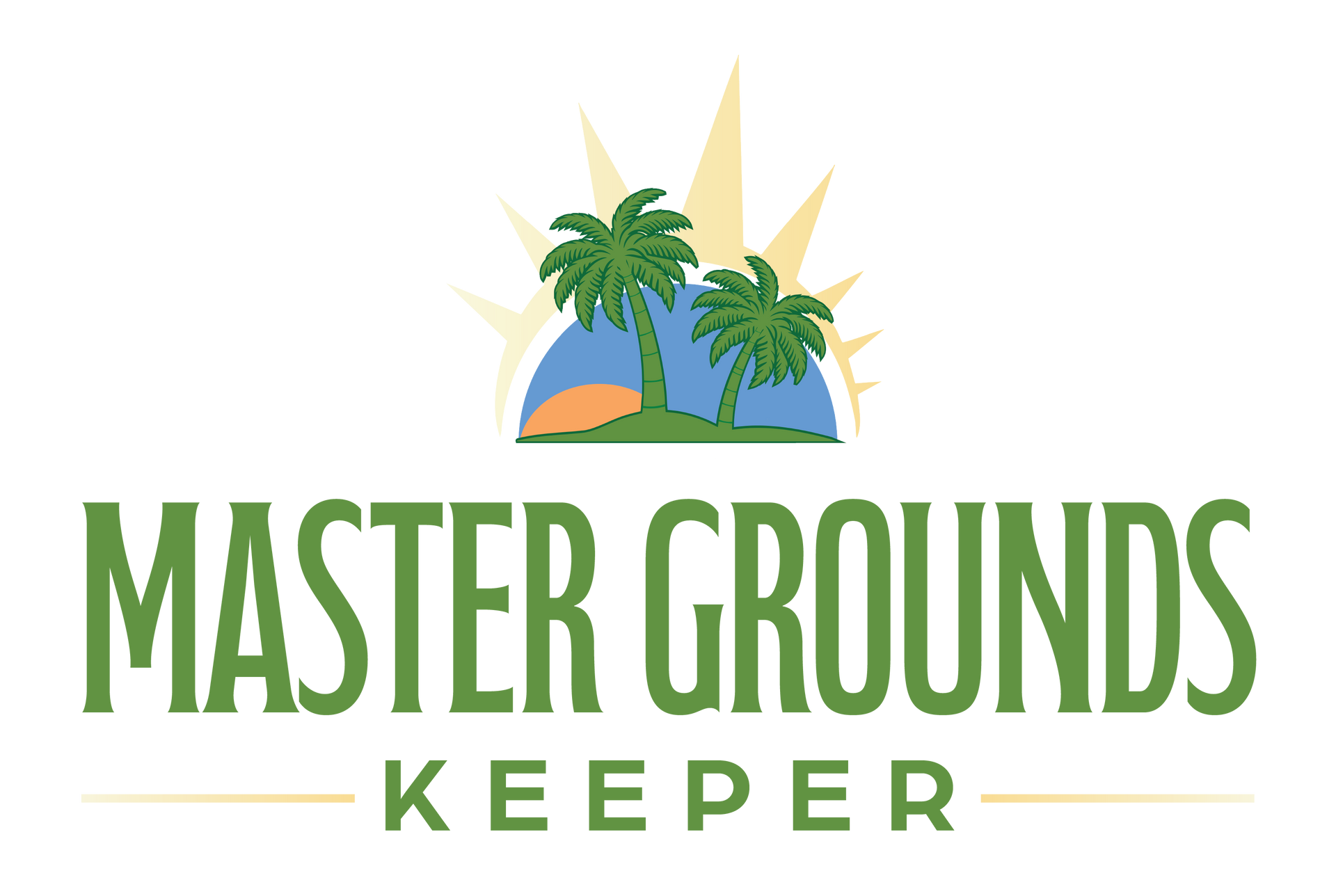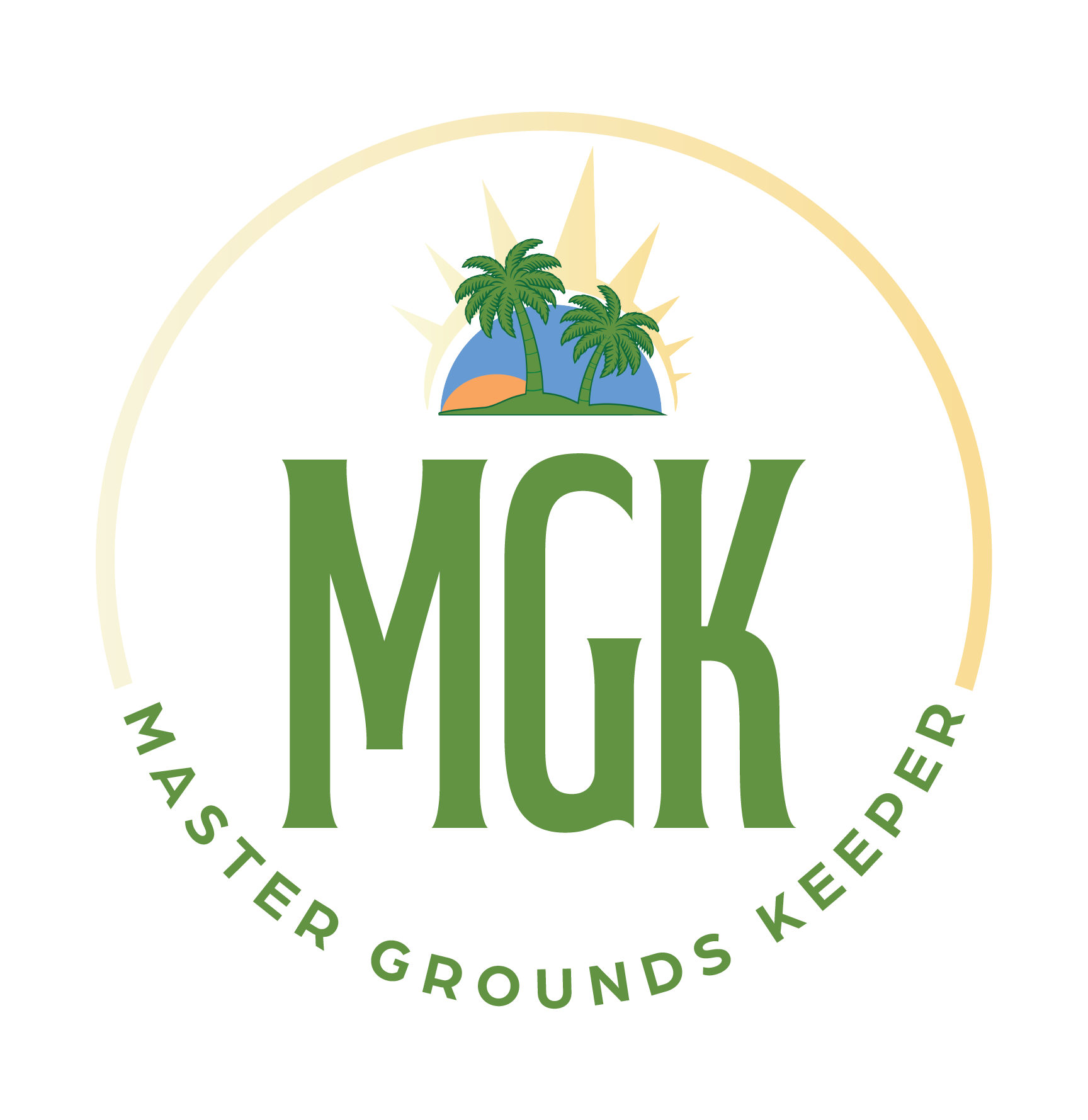Your Jacksonville Lawn Care Experts
Our Blog
Shared Resources for Your Lawn Care and Landscaping Needs
All Blog Posts

By Austen Omdahl
•
March 5, 2025
When it comes to maintaining a lush, green lawn in Jacksonville, choosing the right grass type is essential. Jacksonville's coastal climate presents unique challenges, including salty air, fluctuating temperatures, and varying soil conditions. The right grass type will thrive in these conditions while minimizing maintenance efforts. Below, we break down the best grass types suited for Jacksonville and what you need to know about each one. 1. St. Augustinegrass (Stenotaphrum secundatum) St. Augustinegrass is the most widely used lawn grass in Florida, known for its lush, dense growth and moderate shade tolerance. It thrives in Jacksonville’s warm, coastal environment and holds up well against salt and drought conditions. However, it does require regular maintenance, including frequent mowing and dethatching. Key Features: Growth Method: Spreads through stolons (above-ground runners) Shade Tolerance: Moderate, best among warm-season grasses Drought Resistance: Moderate to high (requires watering in dry conditions) Foot Traffic Tolerance: Low Pests & Disease: Susceptible to chinch bugs and other lawn pests Maintenance Needs: High (frequent mowing, fertilization, and thatch control) Mowing Height: 3.5 to 4 inches Soil Preferences: Thrives in moderately fertile, well-drained soils with a pH of 6.0-7.5 Pro Tip: For best results, plant St. Augustinegrass in spring. Avoid fertilizing for 30-60 days after planting to allow it to establish properly. 2. Zoysiagrass (Zoysia species) Zoysiagrass is a rising star in Florida lawns, favored for its fine texture, dense growth, and resilience under foot traffic. It grows slowly but forms a carpet-like lawn that resists wear and tear. While it handles salt and drought well, it does take longer to recover from damage. Key Features: Growth Method: Spreads through stolons and rhizomes (both above- and below-ground runners) Shade Tolerance: Moderate Drought Resistance: Moderate Foot Traffic Tolerance: High Pests & Disease: Susceptible to pests like billbugs and sod webworms; recovers slowly from disease Maintenance Needs: Medium (prefers light, frequent fertilization) Mowing Height: 1 to 2 inches Soil Preferences: Prefers well-draining soils with a pH of 6.0-6.5 Pro Tip: Zoysiagrass benefits from small, frequent fertilization applications rather than large doses at once. Overfertilization can lead to excessive thatch buildup. 3. Centipedegrass (Eremochloa ophiuroides) If you're looking for a low-maintenance option, Centipedegrass is an excellent choice. It requires minimal fertilization and mowing but is slow-growing and less tolerant of foot traffic. Key Features: Growth Method: Spreads through stolons Shade Tolerance: Moderate Drought Resistance: Moderate (enters dormancy in extended droughts) Foot Traffic Tolerance: Low Pests & Disease: Vulnerable to nematodes and centipedegrass decline Maintenance Needs: Low (minimal fertilization and mowing required) Mowing Height: 1 to 2 inches Soil Preferences: Prefers acidic, infertile soils (pH 5.0-6.0) Pro Tip: Avoid excessive fertilization, as this can promote thatch buildup and lead to centipedegrass decline. 4. Bermudagrass (Cynodon species) Bermudagrass is commonly found on golf courses and sports fields due to its resilience and durability. It handles heavy foot traffic well and can thrive in poor soil conditions but requires regular maintenance and full sun exposure. Key Features: Growth Method: Spreads aggressively through stolons and rhizomes Shade Tolerance: Low (needs full sun) Drought Resistance: High (goes dormant in prolonged droughts) Foot Traffic Tolerance: High Pests & Disease: Prone to pests and nematodes but resistant to many diseases Maintenance Needs: High (frequent mowing and fertilization required) Mowing Height: 0.5 to 2.5 inches Soil Preferences: Adapts to a variety of soils with a pH of 6.0-6.5 Pro Tip: Bermudagrass can be invasive and spread into garden beds if not controlled properly. Regular edging can help keep it in check. 5. Bahiagrass (Paspalum notatum) For those who prefer a no-fuss lawn, Bahiagrass is an excellent choice. It grows well in sandy, low-fertility soils and requires minimal watering and fertilization. However, it does not form a dense lawn and isn’t ideal for high-traffic areas. Key Features: Growth Method: Spreads through stolons Shade Tolerance: Low (better than Bermudagrass but still needs sun) Drought Resistance: Moderate (becomes dormant in droughts) Foot Traffic Tolerance: Low Pests & Disease: Highly resistant Maintenance Needs: Low (requires infrequent mowing and fertilization) Mowing Height: 3 to 4 inches Soil Preferences: Best for sandy loam soils with a pH of 5.5-6.5 Pro Tip: Bahiagrass is best suited for large, low-maintenance properties without irrigation systems. FAQs About Grass Care in Jacksonville When should I water my lawn? Water your grass only when needed to prevent thatch buildup and disease. Signs that your lawn needs water include wilting, folded blades, and footprints that don’t disappear quickly. When should I fertilize my lawn? In Jacksonville, start fertilizing around mid-April and continue through mid-September. Avoid fertilizing too early in the season, as excess nutrients can leach into the soil before the grass fully recovers from winter dormancy. Does grass grow year-round in Jacksonville? Most warm-season grasses go dormant in winter, but they will green up again in spring when temperatures rise. Proper winter lawn care can help prevent damage and disease. Keep Your Jacksonville Lawn Looking Its Best Choosing the right grass type is just the first step to a lush, healthy lawn. Regular maintenance, proper watering, and seasonal care will keep your grass looking its best year-round. If you’d rather leave it to the pros, consider hiring a lawn care expert to handle the work for you! For expert lawn care services in Jacksonville, contact Master Groundskeeper today ! Whether you need sod installation, or ongoing lawn maintenance, we’ve got you covered.
Contact Us
If you have more questions or need further information, don’t hesitate to contact us. We're here to help you create the outdoor space of your dreams!



